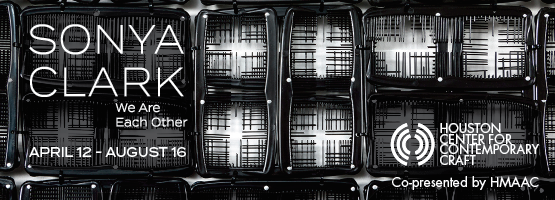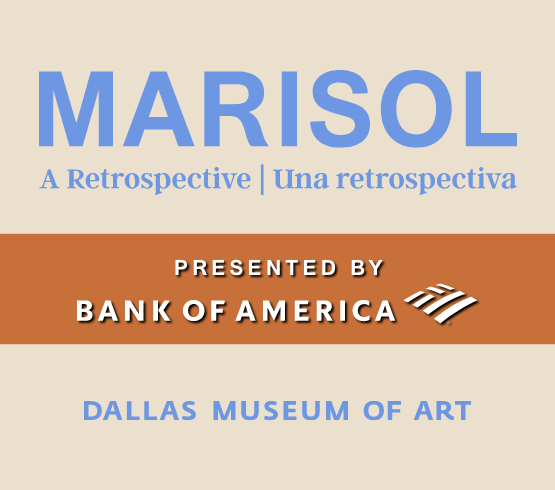Deep into our global COVID months, a friend and fellow arts writer, who knows I consider myself a practicing makes imperfect Episcopalian, asked if I was watching any virtual church services. I told her, with only a modicum of guilt, no. Socially distant worship lacks the two reasons I go to church: contemplation within a sacred space and the act of communion and Communion. Only communicating to a fellow critic this absence I was feeling did it occur to me that this too was the reason I find myself struggling to adjust to virtual and distant performing arts.
From late March into the summer, as a trickle of remote offerings turned into a cornucopia of dance, opera, classical music and theater possibilities on my television and laptop, I put on my best pajamas and set off on this global performing arts adventure without leaving my couch.
From the first rare productions, I marveled at the possibilities, as I sat in Houston, watching Dallas Theatre Center’s American Mariachi, a world premiere that never had a chance to open. Then national, local and international performing arts companies began releasing shows from their archives. How could I not adore my reign as the critic queen of my couch, rewinding all the scenes I deemed worthy to see again and again?
Amid this deluge of performance art offerings flowing into my house, I realized two words marred my experience: remote and control. With remote clenched in one hand and phone in the other, it hit me: No longer a member of an audience, I had become merely a viewer now.
The problem with streaming performing arts for me is that in ordinary times, even when watching a television show or movie at home I truly like, I still tend to fast forward through subplots, characters, dialogue I find tedious. Now even though home time seems to stretch out into infinity before me, I find my attention span contracted into a quantum scale, my thumb hitting fast forward through all the weighty pauses and intimate moments that make up the true stuff of life and art.
Even buying my ticket for a live broadcast, I still identify as a viewer, not as a distancing audience member. The distraction of that phone in my hand, my neighbor wanting to chat across a breezeway or even that pile of laundered pjs to be folded still entices my attention away.
Streaming the performing arts at home has taught me that sometimes the visceral power of theater is all about the audience being in it together as a community, but other times its potency lies in all the judging looks I would receive trying to leave the theater in the middle of a scene.
I have come to understand the difference between being a viewer and being an audience is that bit of control we give up to become a part of the we.
Lately I’ve been musing on the shape of audiences I’ve communed into over the years. From the Texas-style grandest “Center” theaters, Wortham, AT&T Performing Arts and Hobby to traditional proscenium, thrust and blackboxes to weird converted storage spaces. (I know now how truly precious it was to crush into Rec Room’s Back Room where in one show I had to move out of the way of a gang of charging dancers or another found myself sprayed with flour by a hungry witch.)
Now laying on my couch on another COVID afternoon, watching the latest Broadway archival stream or a new Zoom production, I find myself reminiscing with the ghost of an Austin Fusebox past. Arts and Culture editor Nancy Wozny and I made a sweaty hike from an experimental chamber opera about the life and death of Pancho Villa on the traditional stage of The Paramount to the Texas State Capitol parking garage. We weren’t headed to my car, but to pick a spot along the multiple levels of the open-air garage. Finding our random places, we looked down at the central entrance ramp for Guadalupe Maravilla’s BOOM! BOOM! WHAMMM! SWOOSH! a musical performance featuring an all-Latina motorcycle gang, dragon float and spinning visual chorus of quinceñeras.
Now that was an audience.
I now imagine every audience past as a kind of dandelion pappus, flowering as one entity for one moment before the wind disperses us back into the world and time.
Thinking of all the shows I missed this spring and now into summer, I muse about some might-have-beens and how companies are and will attempt to adapt to this COVID space/time and eventually perform again.
With some dramatic irony, I think the Houston theater company that would have risen to the COVID challenge best might be the now defunct Horse Head Theatre. They once built a geodesic event dome to represent a whale swallowing the audience. Remounted in 2020, perhaps we could all wear a swimsuit and get a full body soapy water blast at the entrance before sitting 6 feet apart in the theatrical stomach. It would only add authenticity to the experience. The first review I ever did for this magazine was the Horse Head production of Annie Baker’s The Aliens, presented outdoors behind a bar near the dumpsters. Who knew then that would make for a fine social distancing theatrical formula?
In Dallas, I imagine the immersive specialists the Dead White Zombies could also likely craft a theatrical hunt with no touching and lots of roaming. A temperature check at a stop seems very much in keeping with some of the past requirements of their audiences.
Of course in viewing and whatever writing way I am allowed, I will continue to support all these remote streams and experiments in virtual theater. I’ve listened in on the New York’s One Year Lease and Houston’s Stages companies’s experiment in turning the world premiere play, Pieces of the Moon, into an audio show. I’m looking forward to Catastrophic Theatre’s rejigging their annual Tamarie Cooper summer show into a three-part musical zooming experience. I pursue the Dallas Cultural Calendar weekly for all the virtual arts road trip possibilities.
I also know artists, designers, artistic crew, educators and administrative staff in companies large and tiny all over the world suffer much more than I can in my yearning to audience again. And from my constant reading of every new antibody study and epidemiology report passed along media, traditional and social, it looks like those on and behind the stage need more health support than those of us who sometime in the future might sit quietly for a few hours facing forward while breathing into our masks.
We need to make certain of the artists and crews’ safety before they take the stage, wherever stage that may be, and we the audience plop back into our seats.
But still, I need to call out that theatrical elephant, sitting virtually in the room on Zoom. There are limits to socially distant, remote theater and that limit is something intrinsic to live performing arts itself.

1 ⁄ 4
Jeff Miller and Greg Dean in the Catastrophic Theatre production of The Hunchback Variations by Mickle Maher. Photo by Anthony Rathbun.

2 ⁄ 4
Guadalupe Maravilla, BOOM! BOOM! WHAMMM! SWOOSH!, Fusebox Festival, Austin, Texas, 2017. Photo by Patrick Rusk.

3⁄ 4
Tamarie Cooper’s 2020:Quarantine Edition streams July 31-Sept. 13 in three episodes. Pictured: Tamarie Cooper and Cast in the Catastrophic Theatre production of The Tamarie Cooper Show: Field Trip. Photo by Anthony Rathbun.

4 ⁄ 4
Philip Hays in THE WHALE; OR, MOBY-DICK by Timothy N. Evers, Philip Hays and Herman Melville, August 15, 2015. Photo by Brooks Cruzen of Blueprint Film Co.
I believe sometimes as humans we need to leave our safe, private territories and travel to these spaces we do not control–that by acts of play, dance and music are made sacred in their own way–and come together in a kind of quarreling and harmonizing communion, to become an audience.
When this too shall pass, and I truly believe it will, above all, I want to stop being a viewer and return to being an audience. To paraphrase the biggest stage turned streaming phenomena of the decade: I want to be in the room (theater, park, museum, church, garage, geodesic dome, space/time) where it happens.
And since this became my it’s-oh-so-complicated love letter, I thought I’d make it manifest.
My Eternal Beloved,
In this time–when time itself has become a Beckett play of no or perhaps all meaning–I miss you so. Yet, in the absence of our once weekly communion, I fear I have begun to forget the very shape of you, the jab of your knee to mine as you stumble past me in our row, the pain of your five-inch-heal stabbing my sandaled foot, your jostle and insistent press as we head out for urinary relief.
I can no longer conjure up your familiar smell, the overpowering olfactory chaos of jasmine, sandalwood, leather, sweat, spilled wine and hidden, half-melted chocolate.
I yearn for your ginormous cranium in front of me, blocking the new world illuminated before us. I ache for the clamorous, dissonant crinkle of you unwrapping cellophane just as the detective reveals some murderous secret. How I desire to once more behold your face lit by the light of your Facebook cellphone app you absolutely had to check in the darkest moment, and therefore blinding me to all other dramatic visions that danced–sometimes as human-sized cats–before us.
Oh when can we come together once more, my dearest, my chosen dysfunctional family for 60 to 180 minutes, my audience?
-TARRA GAINES




